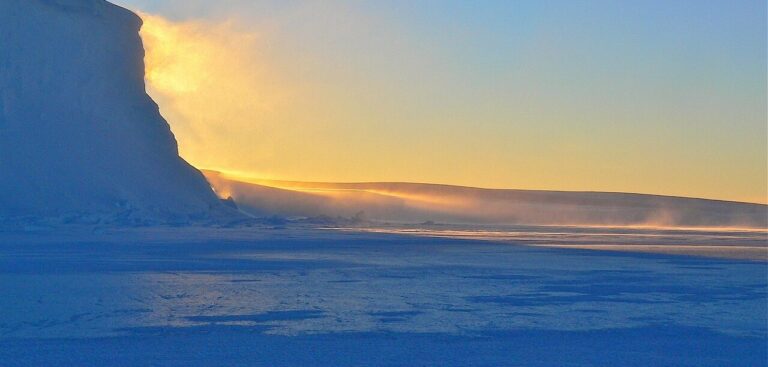Researchers have published their analysis of the first layered lake-sediment sample ever extracted from subglacial Antarctica, providing critical information about the past dynamics of the Antarctic ice sheet and its ecosystems.
Since the discovery of subglacial lakes in Antarctica around half a century ago, scientists have attempted to extract lakebed sediment to learn about the formation, movement and past conditions of the ice sheet. Now, a team of researchers with the National Science Foundation-funded project Subglacial Antarctic Lakes Scientific Access (SALSA) has published its analysis following the recovery of the first layered sediments from beneath the modern Antarctic ice sheet.
The researchers’ findings provide important insight into the larger dynamics of the Antarctic ice sheet and its history, including when the ice sheet was smaller than its current size. Their work adds to the sedimentary record of knowledge of Antarctica and also holds implications for understanding how Antarctica may contribute to global sea level change.
The study was led by authors at the Colorado School of Mines, with a large team of co-authors from more than 20 other scientific research organizations, including UC San Diego’s Scripps Institution of Oceanography, which was instrumental in leading the SALSA project.
Previous studies of modern subglacial lakes were limited to the timescale of the modern ice sheet due to the challenge of sampling an environment locked beneath thousands of feet of ice. The sediment sample extracted by the SALSA team will allow researchers to better understand subglacial activity across almost two centuries, instead of merely two decades.
Matthew Siegfried, assistant professor of geophysics at Colorado School of Mines and a lead author of the paper, said, “There are places on Earth that we still haven’t explored. We have now one sample trying to understand an environment that is one-and-a-half times the size of the continental United States. It’s like pulling up a rock in New Orleans and understanding how the Mississippi River and its entire basin has acted for the past 1,000 years.”
Siegfried began working on the SALSA project while a postdoctoral researcher at Scripps Oceanography, where he studied with glaciologist Helen Amanda Fricker, a co-author of the new study, and helped write the original proposal. Fricker said that the recent recovery of subglacial lake-sediment builds upon previous discoveries made possible by NASA’s ICESat satellite, which once orbited more than 370 miles above the surface of the earth, measuring surface elevation of large ice sheets.
Active lakes under ice streams in Antarctica, like the one sampled by the SALSA Project, were not known about until 2006 when ICESat laser altimetry detected meter-scale changes in the ice surface which were caused by the transfer of water from one lake to another.
“The satellite data pointed us to where we needed to go, then we were able to write a proposal to go and drill into two of those lakes and learn more about the system,” said Fricker. “When we first discovered active subglacial lakes in 2006, two big questions were: How long have they been there?; and how often do they drain? It’s so exciting to me that this serendipitous discovery has set off this entire research program. The recovery of a layered sediment from the bottom of one of these lakes 12 years later moves us closer to answering both of these questions.”
To read more from the analysis, click here.



